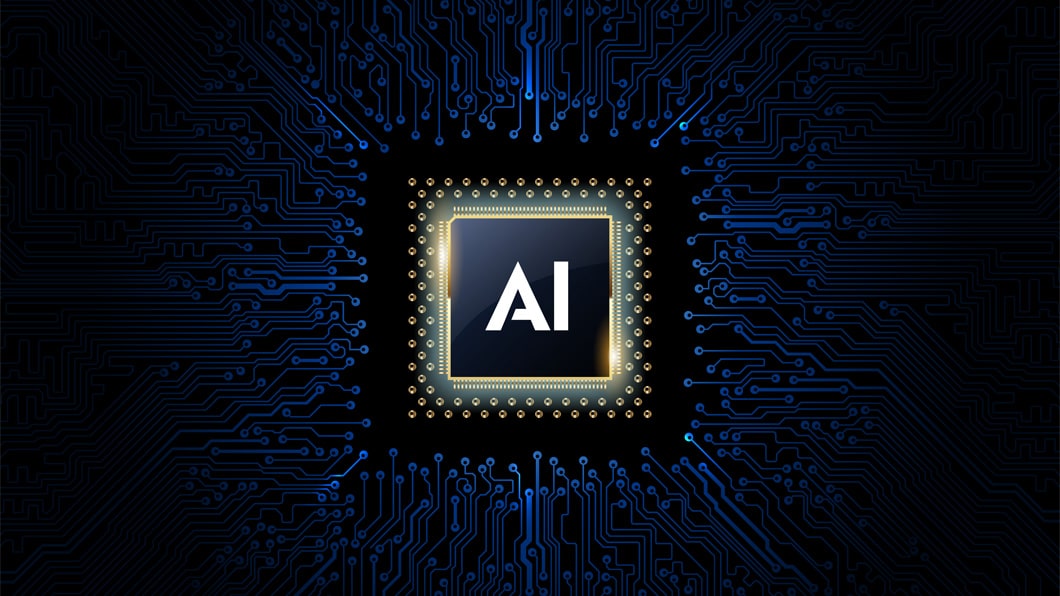
Edge AI Chips: Powering AI at the Edge of the Network
In recent years, the field of artificial intelligence (AI) has witnessed a remarkable transformation, with AI technologies becoming increasingly prevalent in various industries. However, traditional AI systems predominantly rely on cloud computing, which necessitates data transfer to remote servers for processing. This approach introduces latency, bandwidth limitations, and potential privacy concerns. To address these challenges, Edge AI chips have emerged as a powerful solution, enabling AI processing directly at the edge of the network. In this article, we will explore the capabilities of Edge AI chips, their applications, challenges, and the impact they have on society.
Introduction to Edge AI Chips
Edge AI refers to the deployment of AI technologies directly on devices at the network edge, such as smartphones, IoT devices, and edge servers. It enables real-time data analysis and decision-making without relying on cloud infrastructure. Edge AI chips play a crucial role in this paradigm by providing the necessary computational power to process AI algorithms efficiently and effectively.
The Role of Edge AI Chips
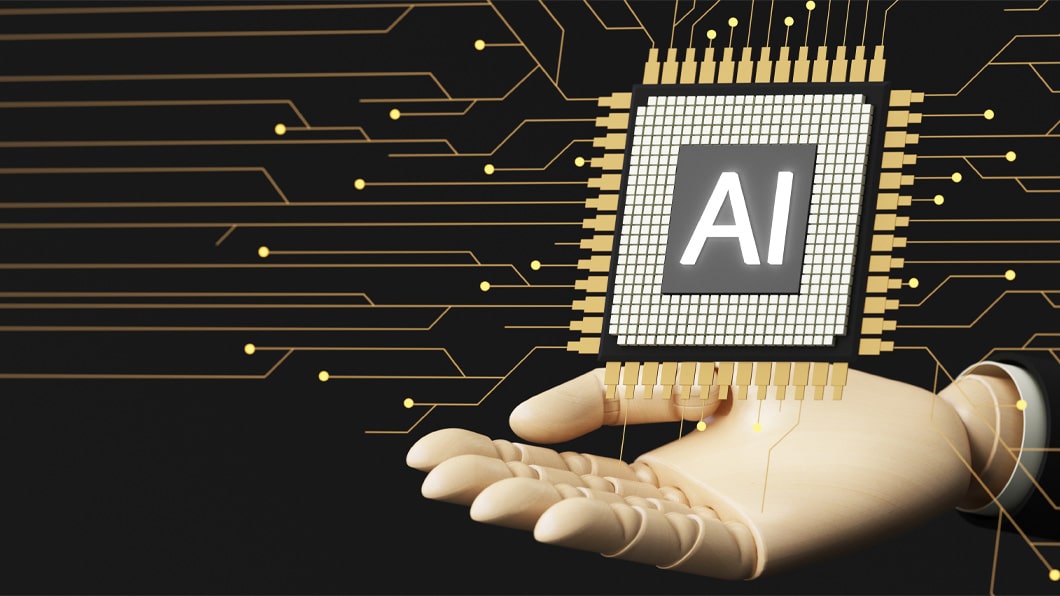
Edge AI chips act as dedicated hardware accelerators specifically designed to execute AI workloads at the edge. They are optimized for power efficiency, real-time processing, and low-latency operations. By offloading AI computations from the cloud to local devices, these chips enable faster response times, reduce network bandwidth requirements, and enhance data privacy.
Key Features of Edge AI Chips
Edge AI chips possess several key features that make them ideal for AI processing at the edge of the network. One of the primary advantages is their low power consumption, allowing them to operate within the limited power budgets of edge devices. Additionally, they are designed to handle real-time processing requirements, enabling quick decision-making without relying on cloud connectivity. Various chip architectures and designs, such as neural processing units (NPUs) and specialized accelerators, are tailored to optimize AI workloads.
Applications of Edge AI Chips
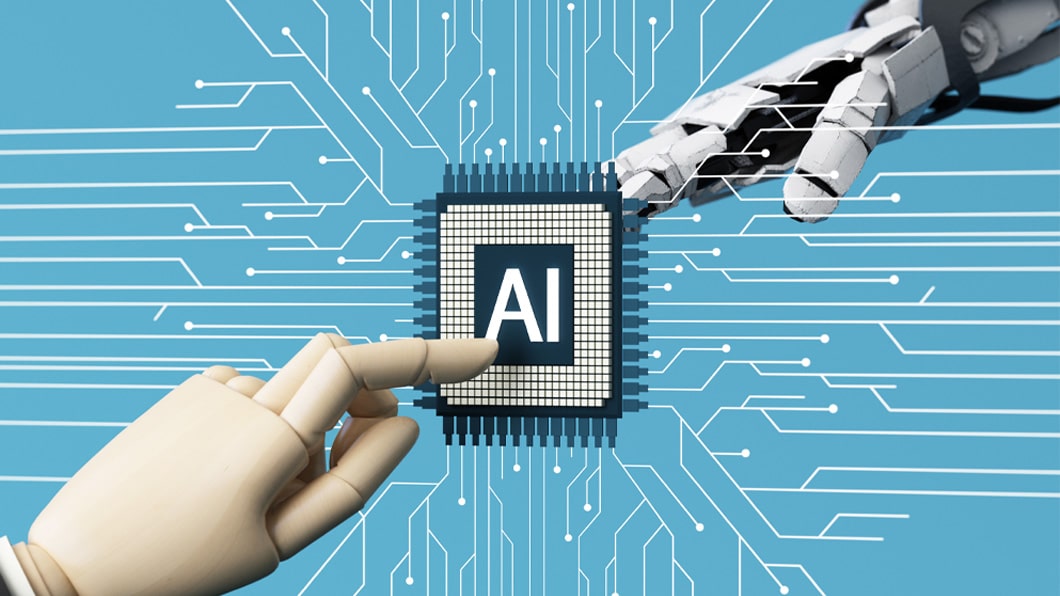
Edge AI chips find applications in a wide range of domains. In smart homes and IoT devices, these chips power voice assistants, video analytics, and smart cameras, enabling local processing and reducing reliance on the cloud. In industrial automation and robotics, edge AI chips facilitate intelligent control systems, predictive maintenance, and quality control. Autonomous vehicles and drones leverage edge AI for real-time object detection, collision avoidance, and navigation. Healthcare and telemedicine benefit from edge AI chips in remote patient monitoring, real-time diagnostics, and personalized healthcare recommendations. These applications demonstrate how Edge AI chips bring AI capabilities closer to the source of data, enabling faster and more efficient processing.
Challenges and Limitations of Edge AI Chips
While Edge AI chips offer significant advantages, they also come with certain challenges and limitations. One major limitation is the constrained computing power of edge devices. Compared to cloud servers, edge devices have limited resources, including processing power, memory, and storage. This constraint poses challenges when executing complex AI algorithms that require substantial computational capabilities.
Another concern is the issue of security and privacy. Edge AI chips often process sensitive data locally, such as personal health information or video surveillance footage. Protecting this data from potential breaches or unauthorized access is crucial. Furthermore, integrating edge AI chips into existing systems and devices can be challenging due to compatibility issues and the need for seamless integration with different hardware and software components.
Advancements in Edge AI Chip Technology
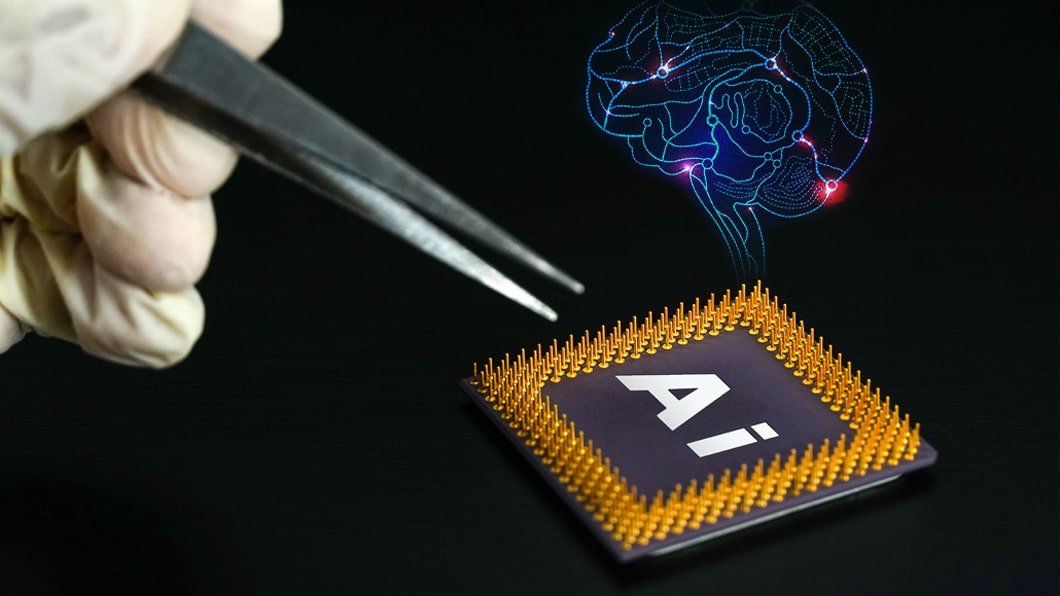
To overcome these challenges, significant advancements in Edge AI chip technology have been made. Neural processing units (NPUs) have emerged as specialized hardware components designed explicitly for AI computations. NPUs are optimized for running deep learning models and can deliver accelerated AI performance with improved power efficiency. These dedicated AI accelerators enhance the processing capabilities of Edge AI chips, enabling them to handle more complex AI workloads.
Leading technology companies and chip manufacturers are actively investing in the development of Edge AI chips. They offer a diverse range of chip architectures and designs tailored to specific applications and industries. These advancements contribute to the proliferation of Edge AI and its adoption in various domains.
Impact of Edge AI Chips on Society
The advent of Edge AI chips has brought about significant positive impacts on society. One notable benefit is the reduction in latency and improved response times. By enabling local AI processing, Edge AI chips eliminate the need to transmit data to remote servers, reducing the latency in decision-making. This is particularly crucial in time-sensitive applications such as autonomous vehicles, where split-second decisions can be a matter of life or death.
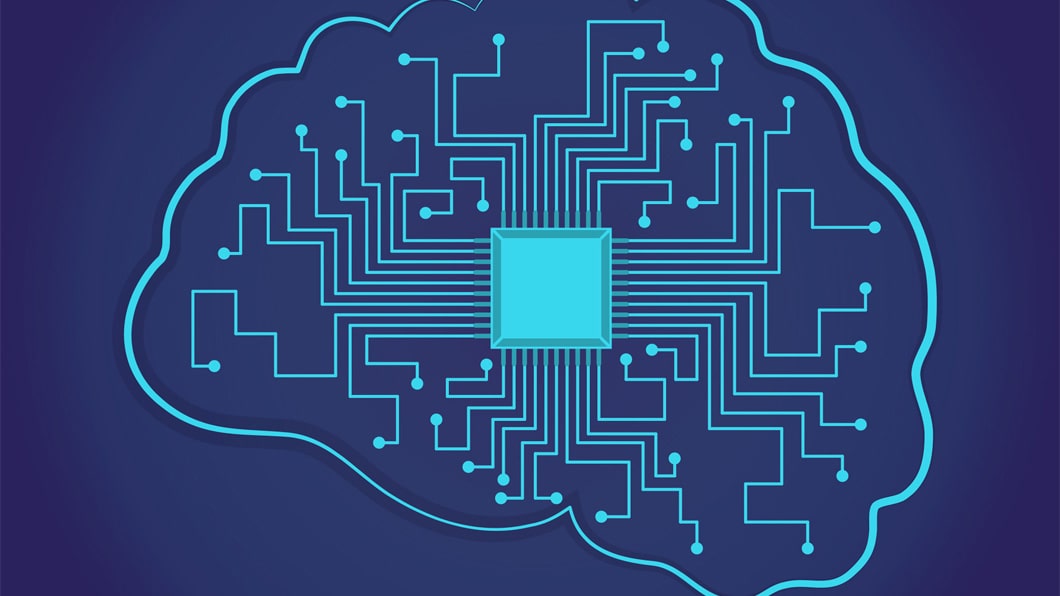
Edge AI chips also play a vital role in preserving privacy. With data processed locally, there is no need to send sensitive information to the cloud, minimizing the risk of data breaches or unauthorized access. This is particularly important in areas like healthcare, where patient data privacy is of utmost importance.
Moreover, Edge AI chips contribute to increased efficiency by offloading AI computations from the cloud. Local processing reduces the dependence on cloud infrastructure, resulting in reduced network bandwidth requirements and lower operational costs. This efficiency improvement benefits industries such as manufacturing, where real-time analytics and control systems are vital for optimizing processes and reducing downtime.
Conclusion
Edge AI chips have revolutionized the way AI is deployed and utilized. They bring AI capabilities directly to the edge of the network, enabling real-time processing, low latency, and improved privacy. Despite the challenges and limitations, advancements in Edge AI chip technology continue to drive innovation and expand the possibilities of AI applications. As society becomes more reliant on AI-driven technologies, Edge AI chips will play a pivotal role in shaping the future of AI at the edge.
FAQs
1. Can Edge AI chips be used in consumer electronics?
Yes, Edge AI chips have found applications in various consumer electronics devices such as smartphones, smart speakers, and home security systems. These chips enable localized AI processing, enhancing user experiences and device functionality.
2. Are Edge AI chips limited to specific industries?
No, Edge AI chips have diverse applications across industries. They are utilized in sectors like healthcare, manufacturing, transportation, and agriculture, among others. Edge AI technology is adaptable and can be tailored to meet the specific requirements of different domains.
3. How do Edge AI chips contribute to energy efficiency?
Edge AI chips are designed to operate within the limited power budgets of edge devices. By executing AI computations locally, These chips minimize the need for data transmission to remote servers, reducing energy consumption and optimizing power efficiency.
4. Are Edge AI chips compatible with existing hardware and software systems?
Edge AI chips can face compatibility challenges when integrating with existing hardware and software systems. However, chip manufacturers and developers are working towards standardization and providing software development kits (SDKs) and frameworks to facilitate seamless integration and ensure compatibility across different platforms.
5. What are the future trends in Edge AI chip technology?
The future of Edge AI chips looks promising, with ongoing research and development focusing on enhancing performance, efficiency, and versatility. Some trends include the integration of AI and edge computing, enabling more advanced decision-making capabilities directly on the edge devices. Additionally, advancements in chip miniaturization and optimization for low-power consumption will pave the way for even smaller and more efficient Edge AI solutions.





